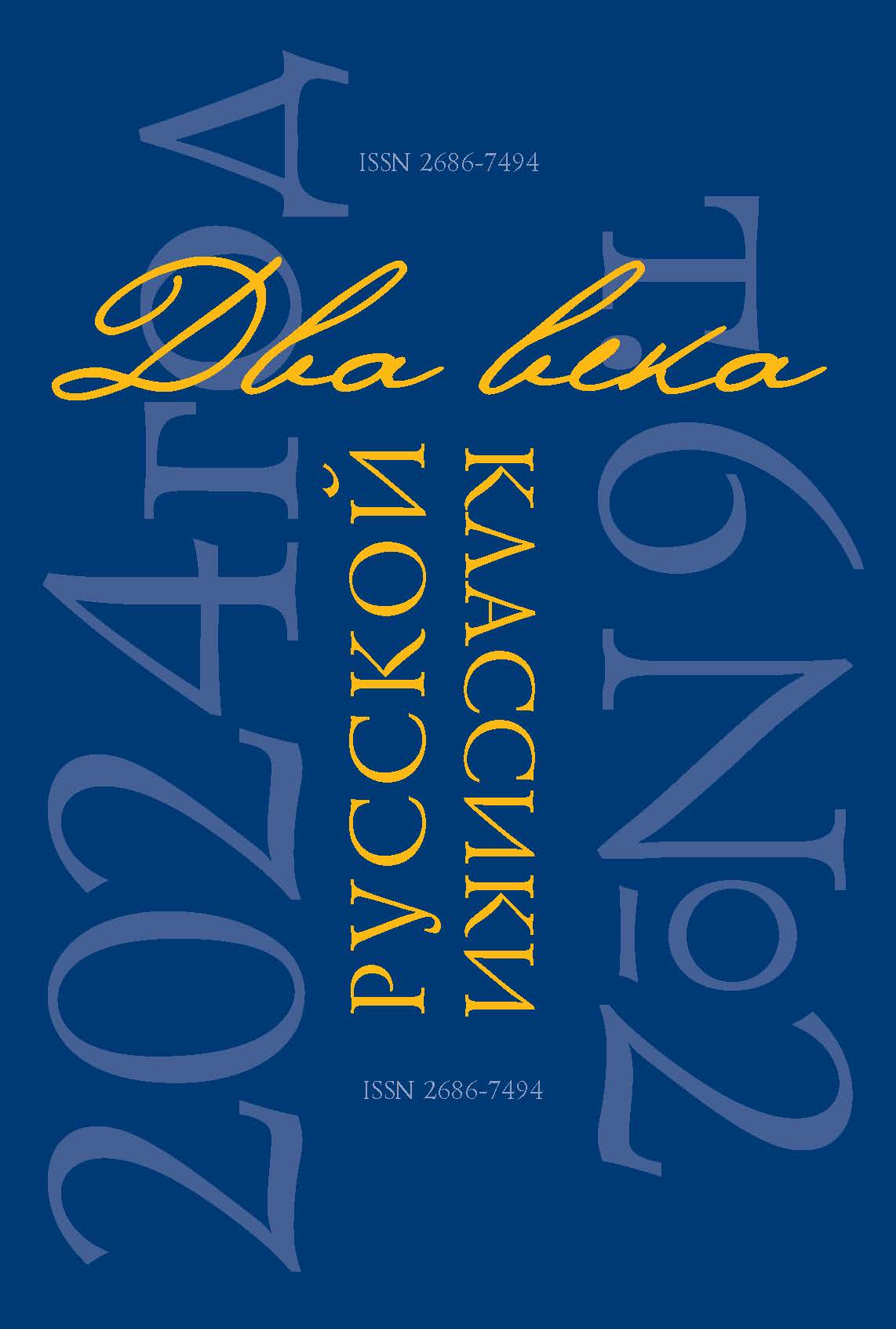Abstract:
The article presents an analysis of the manuscript from the OR RSL collection “Guide of old Jerusalem and all its environs of Egyptian Palestine in 1867.” Hieromonk Nikodim, the author of the Guidebook, created a description of his pilgrimage to Palestine, certainly taking into account the literary and spiritual traditions that had formed by that time. For the first time, the monument is presented in the context of the genre formation history, which makes it possible to indicate, on one hand, its adherence to established rules and, on the other, its innovation. This is confirmed by examples of the beginning considered in the article with an explanation of the decision to describe the pilgrimage to the shrines of Palestine; the presence in the text of practical advice, especially relevant for Orthodox pilgrims of the second half of the 1860s. Particular emphasis is placed on the desire of Fr. Nikodim to see in the guide to the Holy Land spiritual guidance, spiritual accompaniment, with which a pilgrim from Russia visits holy places, worshiping them and remembering the events of Sacred history connected with them. The sacredness of the places of worship permeates the entire narrative of the “Guidebook... ,” it also explains the nature of the pilgrimage, the difference from a banal journey in search of adventure and external impressions.
References
Guminskii, V. M. Russkaia literatura puteshestvii v mirovom istoriko-kul’turnom kontekste [Russian Travel Literature in the World Historical and Cultural Context]. Moscow, IWL RAS Publ., 2017. 605 p. (In Russ.)
Kudlasevich I. N., sviashchennik. “Afonskii opyt inoka Nikodima” [“Athos Experience of Monk Nikodim”]. Khristianstvo na Blizhnem Vostoke, no. 2, 2018, pp. 135–154. (In Russ.)
Nazarenko, A. V. “U istokov russkogo palomnichestva (istoricheskie, bogoslovskie, distsiplinarnye i pravovye aspekty)” [“At the Origins of Russian Pilgrimage (Historical, Theological, Disciplinary and Legal Aspects)”]. Drevneishie gosudarstva vostochnoi Evropy, no. 2007, 2009, pp. 284–297. (In Russ.)
Shcherbakova, M. I. “Ierusalim v nasledii sviatitelia Feofana. K istorii dvukh arkhivnykh dokumentov” [“Jerusalem in the Legacy of St. Theophan. On the History of Two Archival Documents”]. Sviataia Zemlia. Istoriko-kul’turnyi illiustrirovannyi al’manakh [Holy Land. Historical and Cultural Illustrated Almanac], no. 1, part 1, 2012, pp. 62‒63. (In Russ.) Ginzburg, L. Ia. O psikhologicheskoi proze [On Psychological Prose]. Leningrad,Khudozhestvennaia literatura Publ., 1977. 442 p. (In Russ.)









